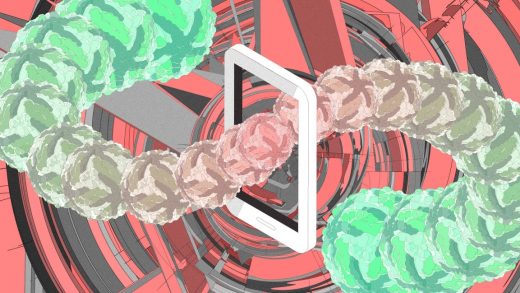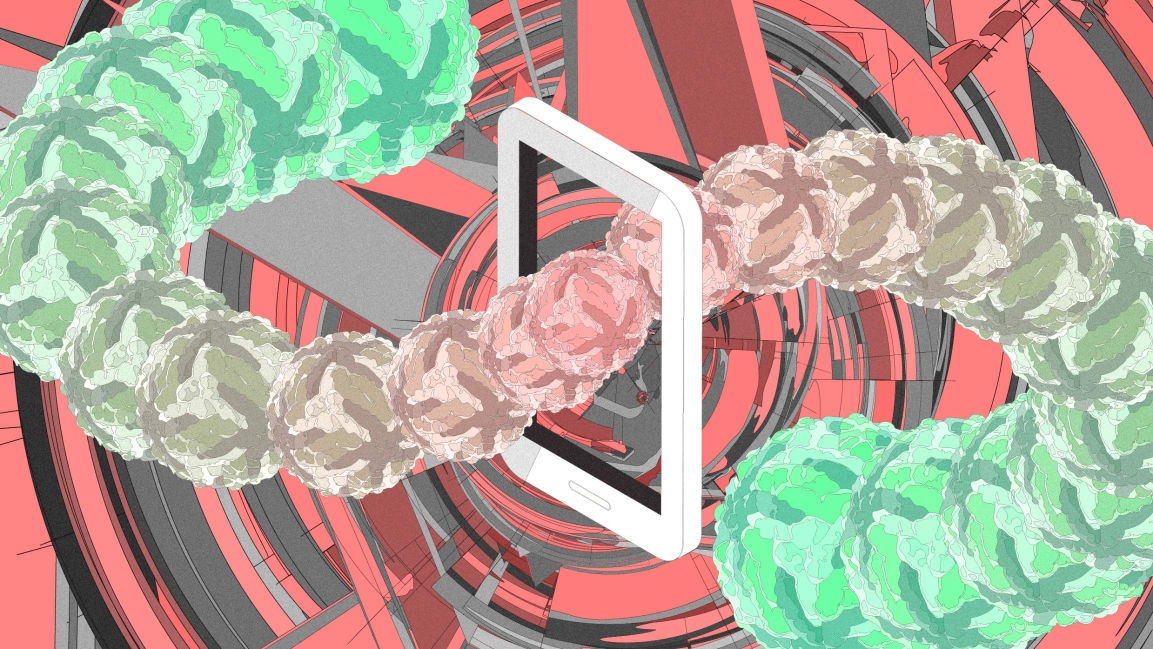Your smartphone could stop an epidemic
Even if you don’t have your phone’s GPS enabled, you’re still sharing your approximate position every moment your phone is on. It’s easy to forget that our phones actually connect to the cellphone towers, which are physical antennas dotted around cities. That’s one reason why, for years, our wireless carriers were able to secretly sell so much information about us.
But what if some of this big data could be used for a less nefarious purpose than marketing? That’s the idea behind new research from MIT and the Swiss Federal Institute of Technology published in Nature: by leveraging the cellphone positioning data of millions of users, we might be able to predict, and prevent, the spread of epidemics across cities.
As the researchers explain in the paper, the ways epidemics spread across an entire country are relatively well understood at this point. In other words, that map you see in virus movies where one red dot becomes two red dots and then ensconces the globe may look sensational, but the idea behind it is plausible. What we don’t understand yet is how epidemics spread within a city, neighborhood to neighborhood. And with 55% of the world’s population living in urban spaces, it’s necessary we do, for the sake of public health.
For the study, scientists collected two months of anonymized cellphone data from 2.3 million people across Singapore, gathered from a local service provider. From this information, they were able to reverse-engineer where people lived and where they worked. The scientists then estimated the number of mosquitoes and the bite rates that lead to the spread of dengue fever—a particularly dangerous virus that kills 25,000 people each year worldwide. You can’t get dengue from another person, only from mosquitoes themselves. However, because humans infected with dengue fever can actually infect mosquitos—which in turn spread the disease to other people—deciphering human patterns of movement becomes very important to controlling the virus.
By coupling cellphone movement data with typical dengue infection rates, scientists were able to create a simulation of a dengue epidemic that closely matched the real spread of dengue during epidemics that occurred in 2013 and 2014 in Singapore.
This is obviously a predictive model that worked in retrospect rather than preventively, but the scientists believe the technique could predict dengue outbreak patterns in the future, and fast enough to actually save lives. “The proposed methods could be integrated into urban planning in near real time,” the researchers write. “Mobile phone data is an obvious candidate for this purpose, giving real-time information on people’s movements.”
The only catch is that, so far, the team hasn’t demonstrated that it can predict the spread of a person-to-person disease, such as flu or ebola, during an epidemic. But that’s exactly their next field of study. Perhaps one day, your phone won’t just track your location—it’ll leverage that data to keep you out of harm’s way.
(17)



